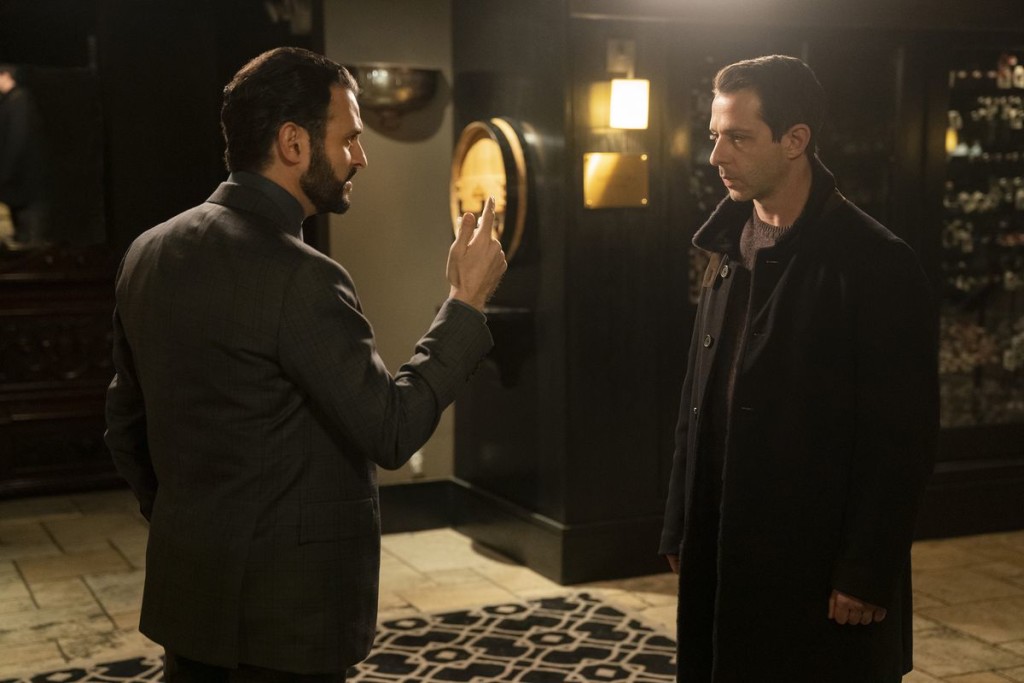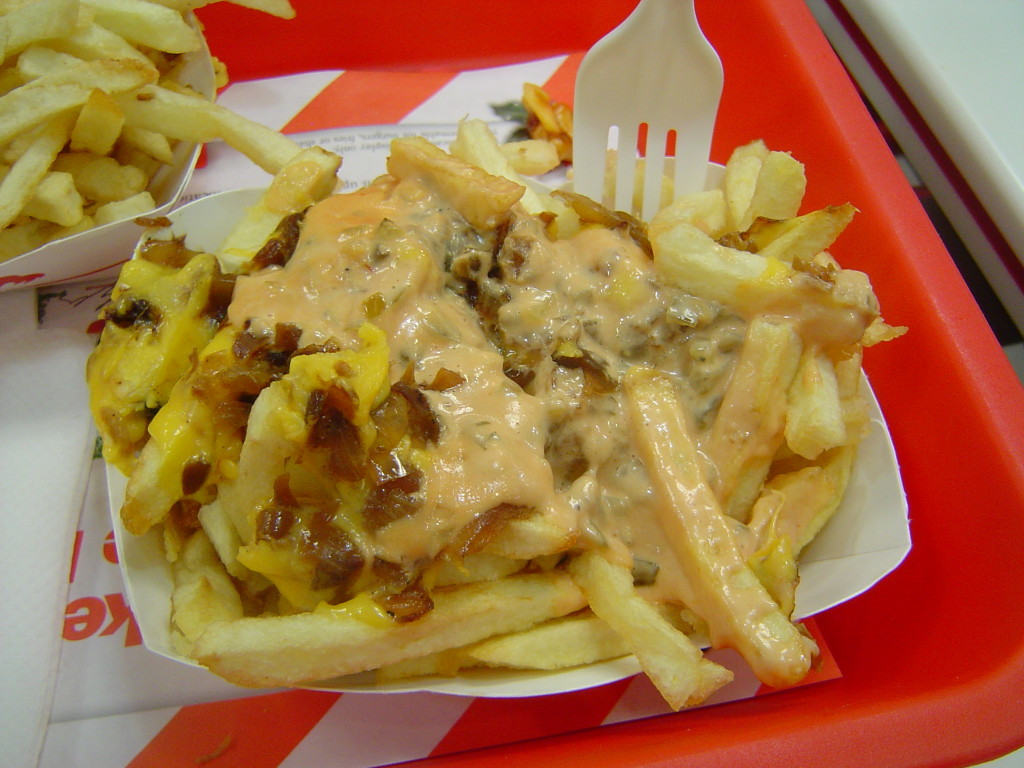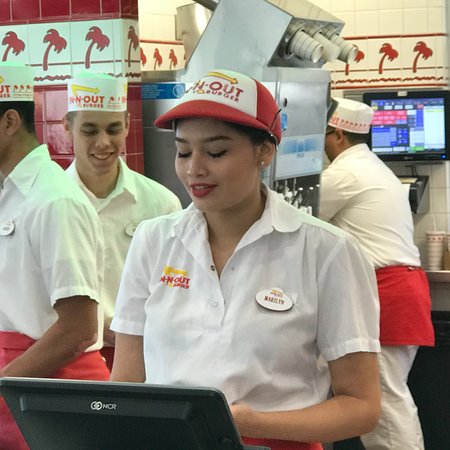Okay!
Time for our second update of The Last Great Screenplay Contest. The good news is that a lot of scripts are getting in the “Maybe High” pile. A bigger percentage than I would’ve thought. There was a string of scripts I read, about ten of them, where six went into the “Maybe High” pile. That’s a lot of good writing.
(for an explanation of the four piles I’m dividing scripts into, check out the FIRST UPDATE of The Last Great Screenplay Contest)
I’ve also come across the best script title so far. That would be “Dwayne Johnson vs. The Hollywood Zombie Apocalypse.” I don’t think anyone’s going to dethrone that title but we’ll see.
On the not-so-good front, I continue to receive scripts where the writer mentions that this is an “old” script.
I want to ask you a question. Let’s say we’re hanging out and I said to you, “Oh, you have to read this script I wrote 17 years ago.” What would you say? I would hope you’d say, “Don’t you have anything newer?”
There is no business, except for maybe the music business, where having something fresh and new matters more. I don’t care if your script is old. JUST DON’T TELL ME. And by the way, make sure, if you are reanimating an old script, to adjust everything for modern times. Cause if the characters aren’t acting like they live in the modern day, I’ll know you sent me something old.
The worst example of this was when a writer sent me a script and everybody was described like a hippy, there were a lot of hallucinogenic drugs, people were trying to save the rain forests. There wasn’t a single cell phone mentioned in the story. And no, this wasn’t a period piece. It was supposedly set in modern day. I asked the writer how long ago he’d written the script. He told me, “About 40 years ago.”
But, overall, I’ve been pleasantly surprised with how many scripts are catching my attention. We’ve got some really good writers who’ve entered this contest.
Now, let’s get to today’s article, which is about DIALOGUE SCENE-WRITING.
I’m encountering a lot of dialogue scenes that could be stronger.
I’m coming up against two major mistakes. The first is the scene fragment. The writer has the best intentions in mind. They’re trying to keep their scene short and sweet – only the bare essentials – so that the script keeps humming along.
The second is writers who write long dialogue scenes, but those scenes feel pointless and rambling. The dialogue may even be good. But it keeps going on and on and you’re not really sure what the point of the conversation is.
The problem with the first issue is that scenes never get a chance to fill out. They end almost as quickly as they begin. Therefore, the reader doesn’t feel like they got anything out of them. Also, if your characters only ever talk to each other in brief spurts, we’re not going to get to know your characters. And that’s the real danger here. If your script is devoid of fully fleshed out dialogue, we won’t know the characters and, therefore, we won’t care about their journey.
The problem with the second issue is that you’ve exposed yourself as someone who doesn’t structure anything. If your scenes ramble, 99% of the time, the script will ramble as well. It’s an easy tell for a reader to spot. If a writer is writing long directionless dialogue, they know it’s going to be an unfocused script experience.
I’m going to help you solve both of these issues.
Here’s what you need to do.
When you’re writing a relevant dialogue scene (I’ll define “relevant” in a moment), you want to structure the scene like you would structure a script. That is to say, you want to give it a beginning (the setup), a middle (the conflict), and an end (the resolution).
What that means from a character’s point of view is that one person in the scene, usually your protagonist, will need to come into the scene WITH A GOAL. That’s what the setup is for. You’re establishing what it is your character wants (his goal) in the scene.
Let’s say Doug and Joe are at In and Out Burger after finishing their amazing meal of five Animal Style French fries. There’s a cute girl working the register who Doug wants to ask out. That’s the GOAL. Which you will SET UP. “I need an excuse to talk to her,” Doug says. “Go order another animal fry,” Joe replies. “And then ask her something to get her talking. Like, why is it called ‘Animal Fries?’” You’re setting things up now. Doug will then get in line, and when it’s his turn, he will attempt to have a conversation and, ultimately, ask her out.
From there, you have your second act of the scene. The CONFLICT. The conflict here could be other people waiting in line behind him. They are hungry for In and Out burgers too! And don’t care that Doug likes this girl. Doug will ask her about where the name animal style fries came from. She will say, “I don’t know, I just started here.” CONFLICT! You want to make things hard on your hero. Doug will ask her when she started. Or about In and Out’s notoriously difficult hiring process.
He might get her talking more. Things are getting better. But then her boss pops up, “Jenna!” She turns around and looks at him. He points at this watch. Shit, Doug has to hurry up.
And here’s the big difference between screenplay structure and scene structure. In screenplay structure, the hero usually achieves the goal at the end of the movie. But in scene structure, the hero often fails. Why? Because it’s more interesting and it means that the hero has to try again. And keep trying. If your hero wins every scene battle, you’ve probably got a boring movie on your hands.
Let’s get back to that “relevant” moniker. What is a “relevant” scene? This is not a universal term, by the way. I’m using it here specifically to help you out. A “relevant” scene is a scene that is important to the story in some way and has some weight to it. Which, if you’re a writing a good script, many of your scenes should fall under that category.
In my movie, “The In and Out Love Triangle,” with Doug, Joe, and Jenna, the example scene I mentioned above would obviously be a scene that was important to the story and have some weight to it. However, if I’m writing “Eight,” which is my serial killer sequel to “Seven,” some side subplot of asking a girl out probably isn’t that important (it could be, if she ends up being the serial killer, but it probably isn’t). In that case, you don’t need to write some big long dialogue scene with a beginning, a middle, and an end. If it’s just Detective Doug trying to get some action that night to take his mind off things, you would look to condense the dialogue as much as possible.
Literally, you might show Doug ordering his meal, Jenna looking up to him with a smile. Jenna saying, “Anything else?” Doug smiling back, and saying, “Yes. One more thing,” and then you’d cut to them in bed together.
The point I want to make clear is that NOT EVERY DIALOGUE SCENE will have a beginning, middle, and end. Just the ones that are important enough to warrant it.
Now if you’ve ever heard the 50 year-old screenwriting tip of, “Come into a scene as late as possible,” what I wrote might be confusing. “Aren’t we supposed to skip the beginning part, Carson, and come into the scene right when the good stuff begins?”
That’s a good point. So, to be clear, you can set up a scene BEFORE the actual scene. I just did it above. Before Doug talks to Jenna, we set up what he’s trying to do, which is ask her out. That way, we’ve taken care of the relevant exposition of what your character’s goal is so that we don’t have to spend the beginning of the scene setting that up. This is done a lot in scene-writing and is perfectly okay.
But let’s say we didn’t include the pre-talk of Doug and Joe before he went to talk to Jenna. Let’s say Joe isn’t here with Doug. Doug is all alone. He waits in line, his turn comes, and only when he walks up does he realize he likes this girl. Without the benefit of that earlier conversation to cue the audience in on what he’s doing, we need to do the setup right here in the moment.
That might be us noticing the way Doug looks at Jenna. He clearly has eyes for her. After he says his order, he might also say, “I like that necklace you’re wearing. Where did you get it?” Now, you’ve SET UP the scene. This guy likes this girl. He’s going to attempt to ask her out. From there, you can move to your middle stage (conflict), and your ending stage (resolution).
Another thing to remember is that the more important to the story the scene is, the longer everything will be. You’re going to have a longer beginning, a longer middle, and a longer end.
For example, let’s say we’re writing a script about a tech billionaire whose company is under threat of being bought out by a bigger company. Something you might see in the show, Succession. In that hypothetical scene, let’s say that MORRIS, the CEO of the buying company, has come to talk to SEYMOUR, the CEO of the company that doesn’t want to be bought.
The scene starts with Morris being shown into Seymour’s office by a secretary. Since this is a scene between two of the most important characters in the movie. Since this is the only time they’re going to talk. And since what’s at stake from this conversation is so high, this is the kind of scene that is going to have a longer beginning, a longer middle, and a longer ending.
In other words, this is the last scene you want to use the “come into the scene as late as possible” screenwriting tip on. If anything, you want to do the opposite. You want to linger in the buildup to their conversation. When Morris goes to pour Seymour a drink, you want to focus on the sounds of the ice cubes rattling against the glass as he stirs. You want to focus on the subtext of the “meaningless” chit-chat the two titans exchange before they talk about the takeover. This scene is where you want to bathe in the “setup” phase.
I bring all this up because it doesn’t seem like enough writers know what to do in a dialogue scene. Like I said, they try to come in late, like the screenwriting books tell them to. Then they leave as early as possible. Meanwhile, the exchange between the characters is so brief that, sure, we may have learned some relevant plot information from the dialogue. But we sure as heck didn’t learn anything about the characters.
So from now on, identify the relevance level of your dialogue scene, and if it’s an important scene, make sure it has a proper beginning, middle, and end. If it’s a lighter scene or a scene where you only want to get some exposition across, you can cut into those scenes later and end them sooner. But if LOTS of your scenes look like that, we won’t get to know your characters and, therefore, we won’t care about their journey.
Hope this helps!!!
Keep writing!




